|
Experiential learning resources for the innovative educator
Experiential learning is a fantastic way to engage classroom and homeschool students in fun, personalized, and self-directed learning experiences. But how can you afford it? Is it possible to make hands-on learning where students are actively involved in every experience budget-friendly?
The answer is yes! In fact, I would argue that if you're working on a tight budget, experiential learning is the way to go. There are many strategies that I use to get cheap or free learning materials for experiential learning.
So, what materials or resources do you need for experiential learning activities? You need a stimulating learning environment, community, and possibly some experiential learning tools or templates that provide a framework and organization.
You can start with some of Experiential Learning Depot's free learning materials. Click the button below for free experiential learning tools including a mind map to help iron out details of any experiential learning activity, and an implementation spreadsheet that includes pages with checkpoints for a variety of experiential activities.
Experiential education is learning through experience. Experiential learning is personalized, self-directed, reflective, and more. Not one of those characteristics of experiential learning requires extravagant or costly materials.
Experiential learning is also highly place-based, so the community is a resource for both free learning materials and expertise. With the elements of experiential learning and the community as a resource in mind, you may not have to spend any money at all. One of my favorite memories as a teacher was an entrepreneurial project that a group of students did together. This group learned how to screen print, set up their own screen printing workshop in the school, started a skateboard clothing company that utilized their new screen printing skills and workshop, wrote a business plan, created a marketing plan, made a business website, and organized and hosted a launch party for their business. This entire experience was free. This project was experiential learning at its finest without costing the students or the school one cent. How did we do that? This post has your answer! Check out these experiential learning cost-cutting tricks that I've learned over the course of my 12 years as an experiential educator. How to Get Free Learning Materials for Experiential Learning
1. Work With What You Have:
Working with what is available is a great skill to have and it adds a challenge to any learning experience.
Many of the resources in my experiential learning TpT store revolve around this concept to encourage experiential education without breaking the bank. When I first began my career as an experiential educator, my school went through a financial setback. There were holdbacks from the state, and public education suffered the consequences. As difficult as this was at the time, this experience was important for me because I had no option but to work with what I had, and when I say "what I had", that literally boiled down to pencils. There were times that we didn't have paper. This was about the time I started implementing maker education in my classroom. The challenge was often to design and make something with trash or with common household items. Even though finances improved the very next year, I held onto this philosophy because there was no need to spend a ton of money, regardless of whether there was more to go around. A free learning experience is not less valuable than an expensive one.
2. Take a Place-Based Learning Approach:
Place-based learning involves engaging with the "place", taking advantage of the world as a resource.
The concept of place-based learning ties into the first money-saving tip; using what you already have. Utilize your "place". Use the backyard, the block, the city, and the natural landscapes within reach. Collaborate with local businesses, universities, nonprofits, neighbors, politicians, artists, and more. Use the community as a resource. The community is a goldmine of material resources and informational resources. I have received so many free learning materials from community members including sheep brains (dissections for life science), art materials, supplies for a school screen printing shop, mechanical parts for a student go-kart project, and so much more. I have had neurologists, social workers, doctors, mechanical engineers, and more visit our school to work directly with students on interest-led project-based learning experiences. The options for using the community as a resource are endless. Don't squander those opportunities! Connecting with the community is an essential part of experiential learning and a big part of your job as a facilitator of experiential learning. No, you do not plan lessons in experiential learning. That's awesome, but your job isn't moot. Your job is to enhance learning experiences by getting students involved in the concepts and using the "place" is a great way to do that. The skateboarding company students mentioned above took full advantage of this concept. They sought out a screen printing company that offered to teach them how to screen print and set up their own shop free of charge. They then worked with a local tech company who donated all of the materials to build a screen printing shop in the school and coordinate and host a launch party for the skateboard business.
3. Utilize Community Experts:
One of the best resources you can have as an educator facilitating experiential learning in your classroom or homeschool is a portfolio of community experts.
This cost-cutter is somewhat related to money-saving tip #2 in that the world is the classroom. The real people living in it will be your students' most important and credible sources of information. Project-based learning, problem-based learning, inquiry, service learning, etc. etc. etc. are all enhanced by the expertise of community members. Not only are community members your best resource, but they're generally free, especially if you're building relationships and collaborations with community members that are mutually beneficial. I have found from my own experiences that community experts WANT to help. You don't need to spend hundreds of dollars on a professional speaker. Bring in local business owners, researchers, city officials, medical professionals, NGO's, etc. to your learning environment to work with your students. These are the most authentic learning experiences kids can have, and they won't cost you a dime. The local tech company that provided our skateboard business students with free learning materials for their business also offered their expertise. The marketing director came to our school regularly to work with our students on branding and marketing. This is an example of utilizing community experts. It's free and it is one of the main requirements for my students PBL projects.
4. Incorporate Student-Led Fundraising:
I've always been an advocate for student educational travel experiences. Traveling is life-changing, and there is nothing more experiential than getting right out into the thick of it.
With that said, travel is not cheap, especially when you're talking about a large group experience. One way we are able to afford to take school trips is with fundraising. Some of my favorite projects to do with kids are student-organized and directed fundraisers because of the skills gained in the process. Students learn how to create spreadsheets, make graphs, manage money, balance a budget, market their products or ideas, and so on. They also raise money for learning experiences that may not be free such as traveling, field trips, STEM materials, technology for the classroom, and more. Donors Choose has been an amazing resource for us. My students have had many incredible learning experiences thanks to Donors Choose. We started a project that asked for funding for student passports for educational travel. That project was fully funded in less than a week on Donors Choose. Check out a previous blog post for great student-led fundraiser ideas. You can also head to my TpT store for free educational travel-specific resources.
5. Implement Learning Activities that Require Few Materials:
This cost-cutting trick is a combination of the others already mentioned. Some learning activities simply require fewer materials or less expensive materials than others.
Student-directed project-based learning, for example, technically only requires a computer and internet access for information, communication, and community outreach. Any additional materials would be on a student-by-student basis. If you don't want to spend money on materials, ask that students design their experiential learning experiences in a way that minimizes the need for many materials or expensive materials. This is much easier than it sounds. If you already do project-based learning or are interested in starting, make budgeting a part of the experience from the beginning. Slip into that mindset from the start. Make it an expectation. Make it part of your classroom culture.
6. Start with Free Experiential Learning Teaching Resources:
Experiential learning experiences in themselves do not have to cost much money. As I've already mentioned there are a variety of ways to save on materials.
But what about teacher tools? What about tool kits for students to use that offer a framework? You may be thinking this all sounds great, but I don't have to experience or time to develop my own guiding materials or templates for self-directed and personalized learning. Start with some of my free resources to help you plan, facilitate, and manage experiential learning in your classroom or homeschool. Again, grab my free experiential learning tools mini-bundle here. Then browse more free experiential learning resources in my Teachers Pay Teachers store. Each resources was designed to inspire and guide you through this style of learning. Here are some of my favorite free experiential learning teaching tools and lessons:
The interesting thing about experiential learning is that it isn't expensive by nature. Reducing costs also tends to enhance learning experiences, not hinder them.
How do you provide interesting and effective learning experiences for learners on the cheap? I'd love to hear about some of your own tricks!
Join our experiential learning Facebook group!
Did you know there is an experiential learning Facebook group? Check that out - Experiential Learning Community for K12 Teachers - and join in the discussion about experiential learning ideas! Find us on social media! Follow Experiential Learning Depot on Pinterest, Facebook, Youtube, and Instagram for more on experiential education, and check out my shop for experiential learning resources. Looking for relevant blog posts? Look no further! Observe. Question. Explore. Share.
1 Comment
10/27/2020 08:38:01 am
That is a great tip especially to those new to the blogosphere. Short but very accurate information… Thanks for sharing this one. A must-read article!
Reply
Your comment will be posted after it is approved.
Leave a Reply. |
Blog IntentTo provide innovative educational resources for educators, parents, and students, that go beyond lecture and worksheets. AuthorSara Segar, experiential life-science educator and advisor, curriculum writer, and mother of two. Categories
All
|

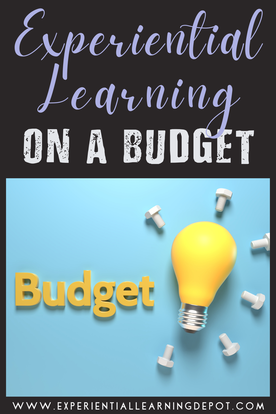
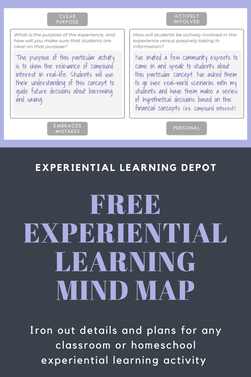
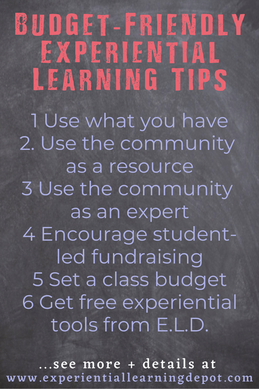

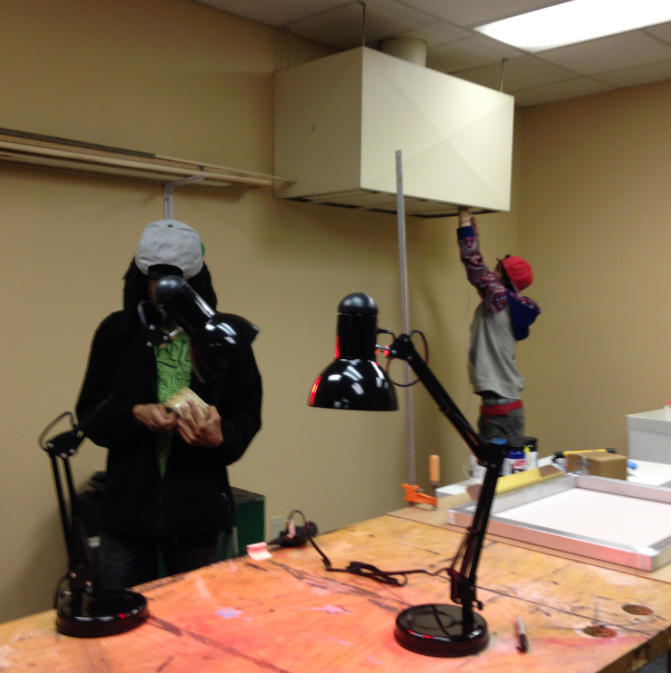
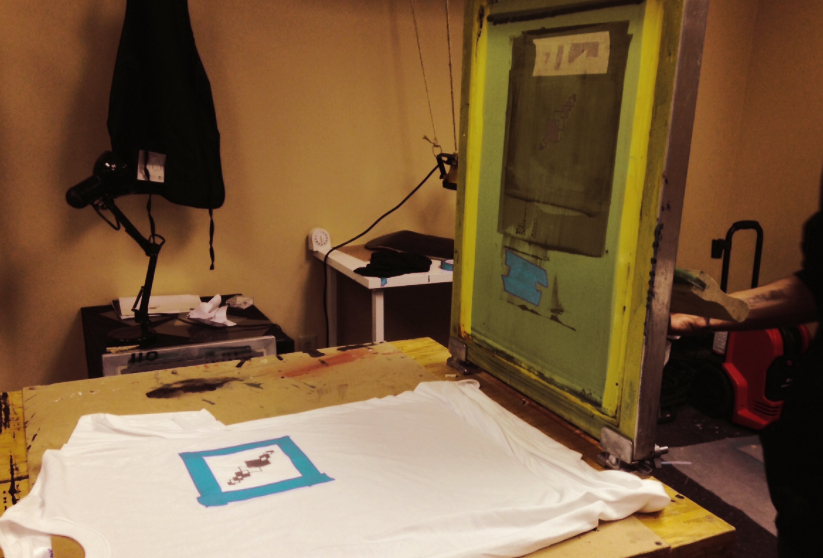
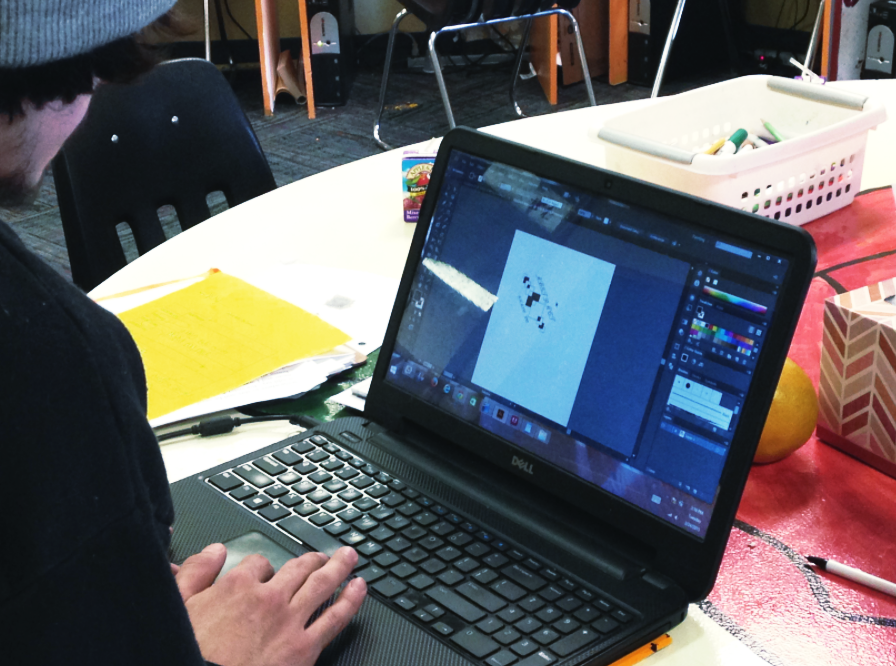
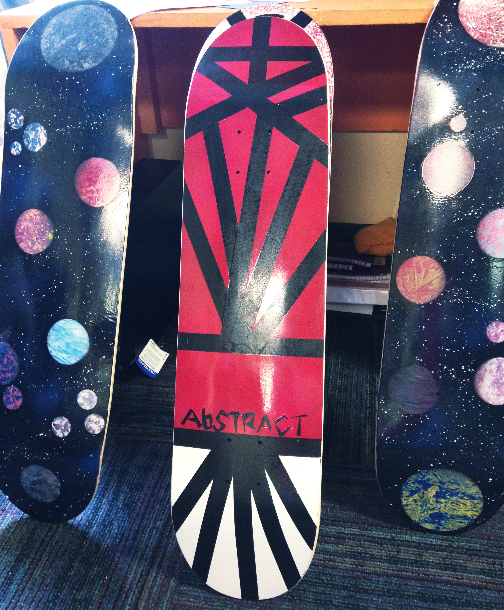
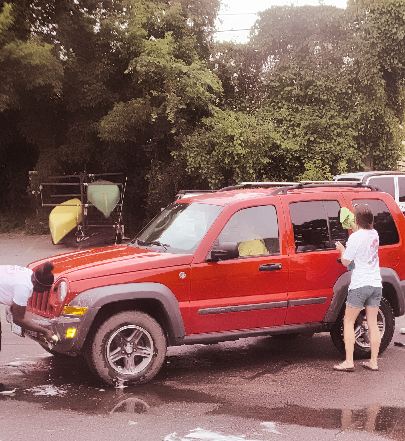
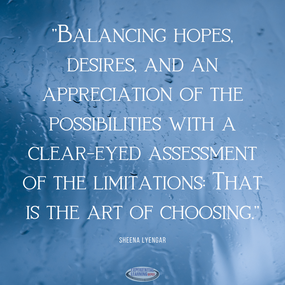
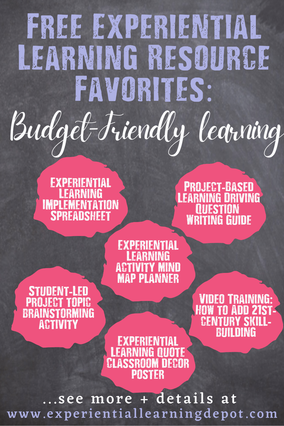
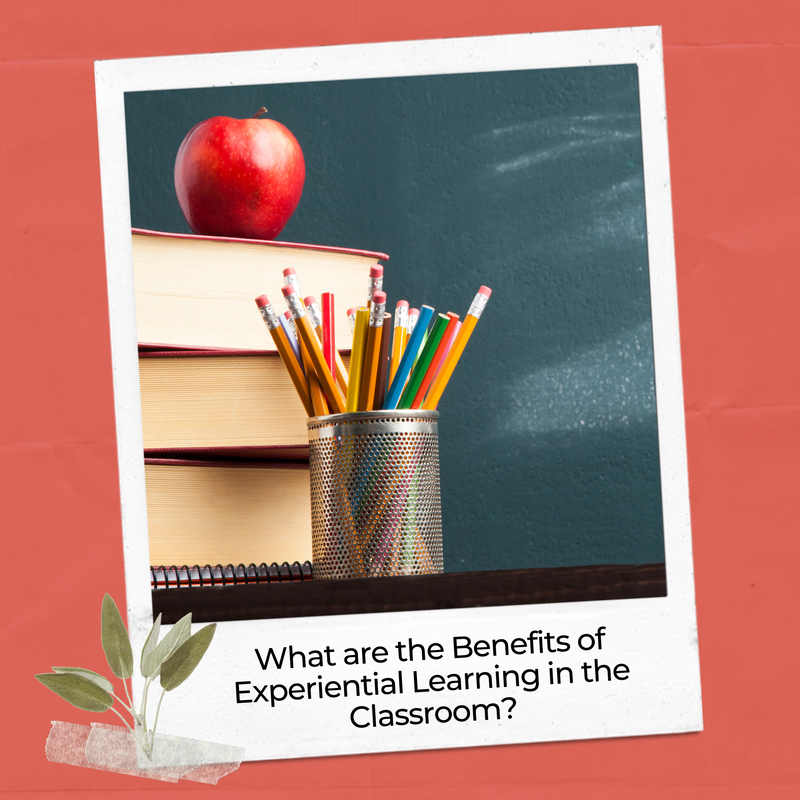
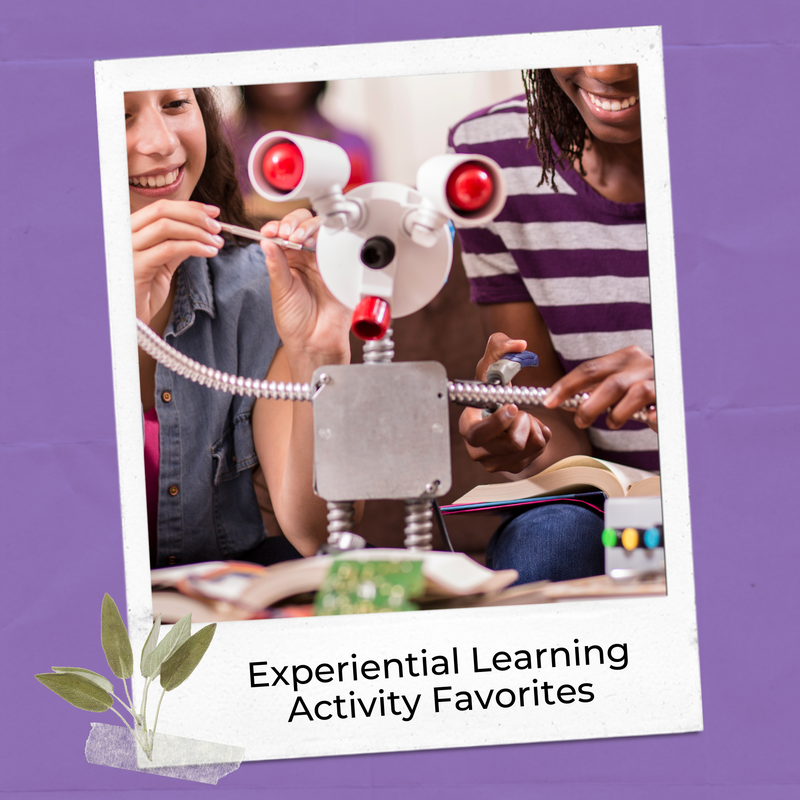
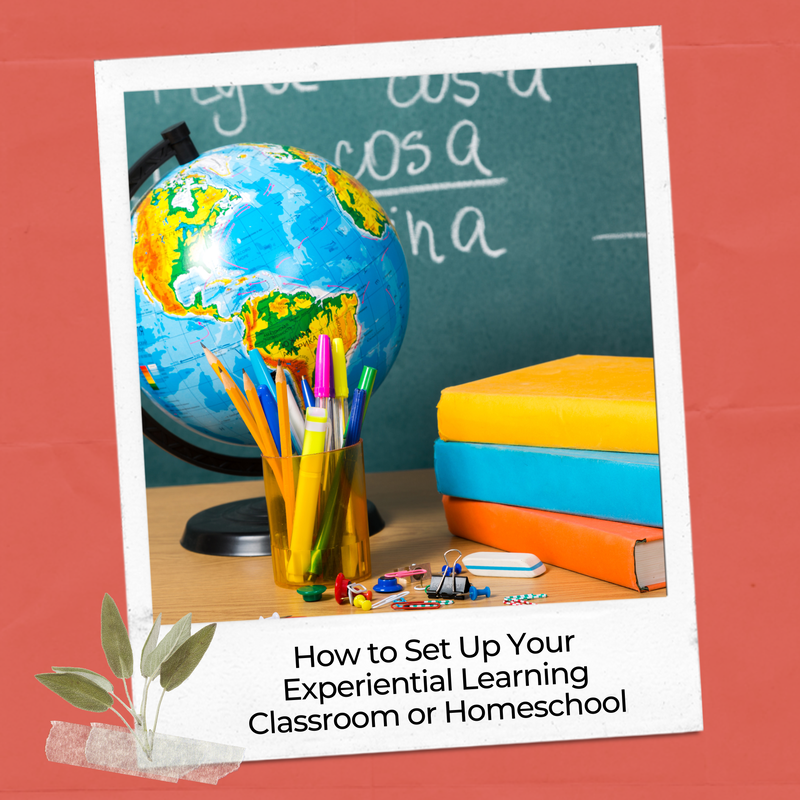


 RSS Feed
RSS Feed